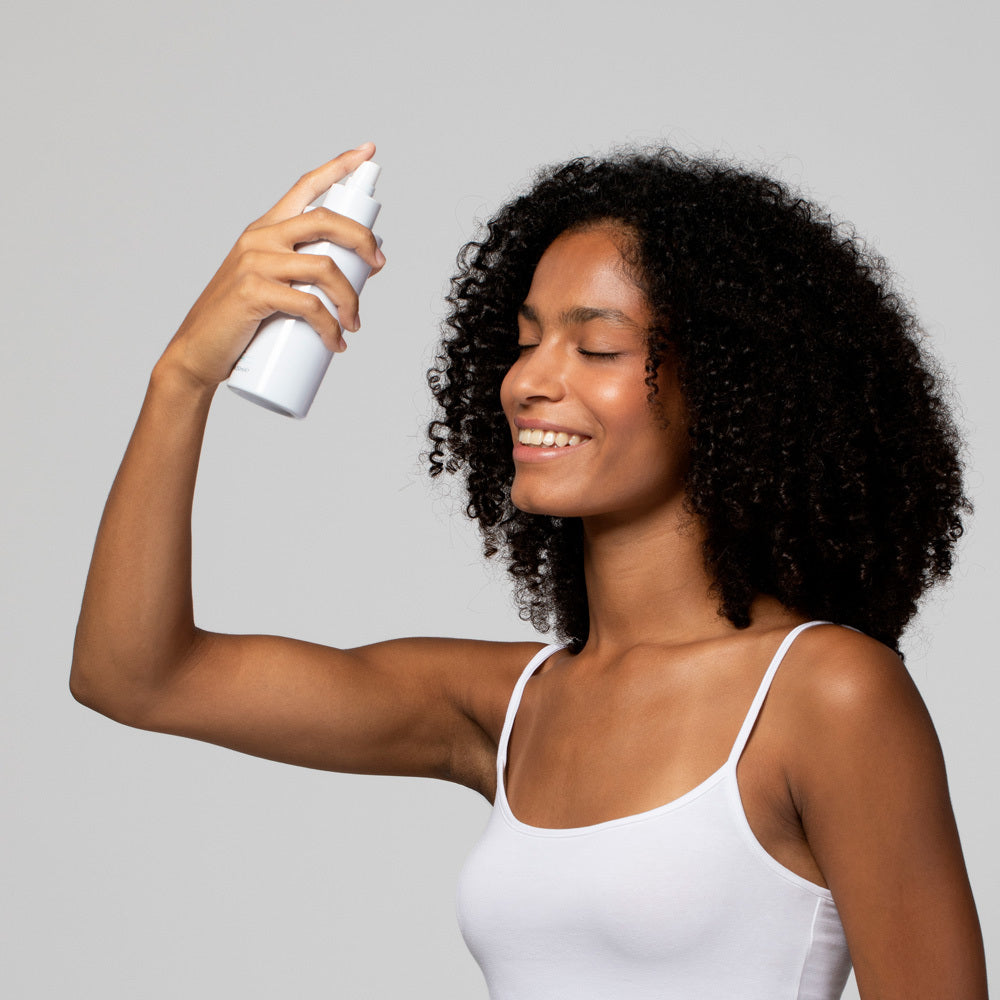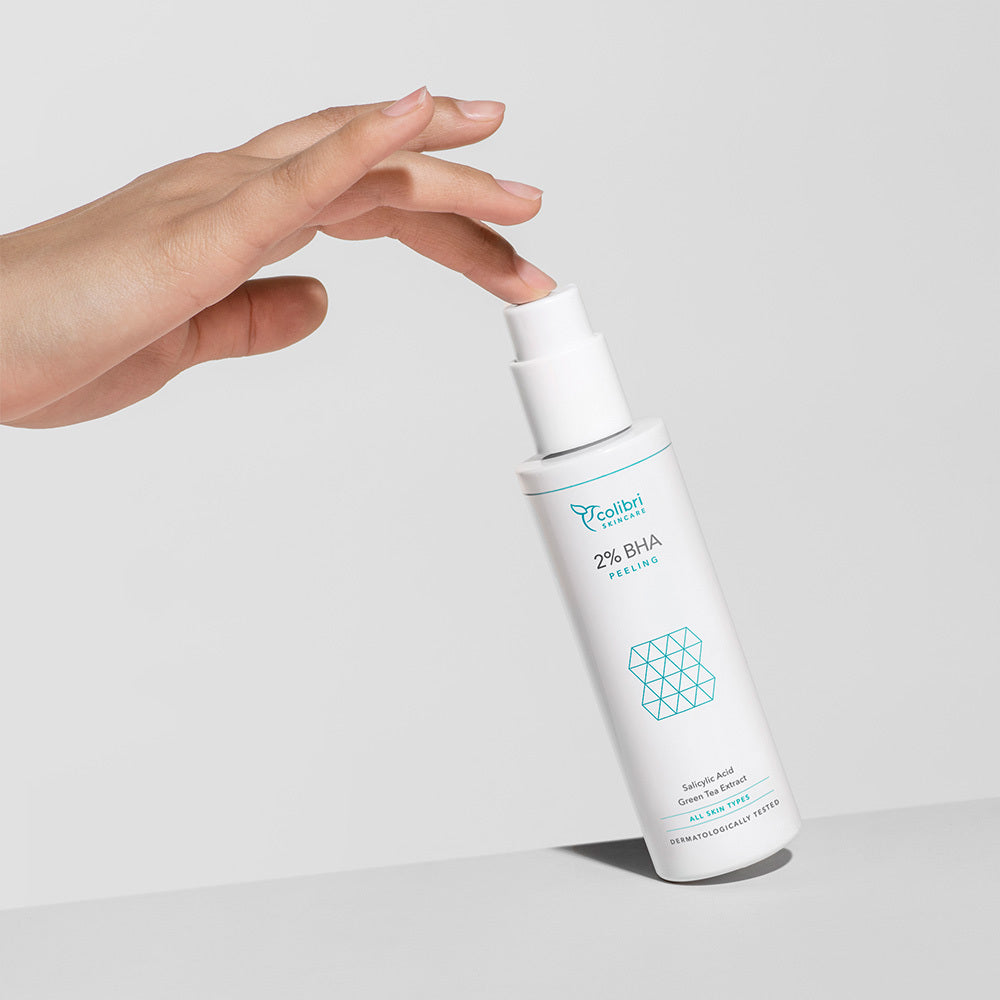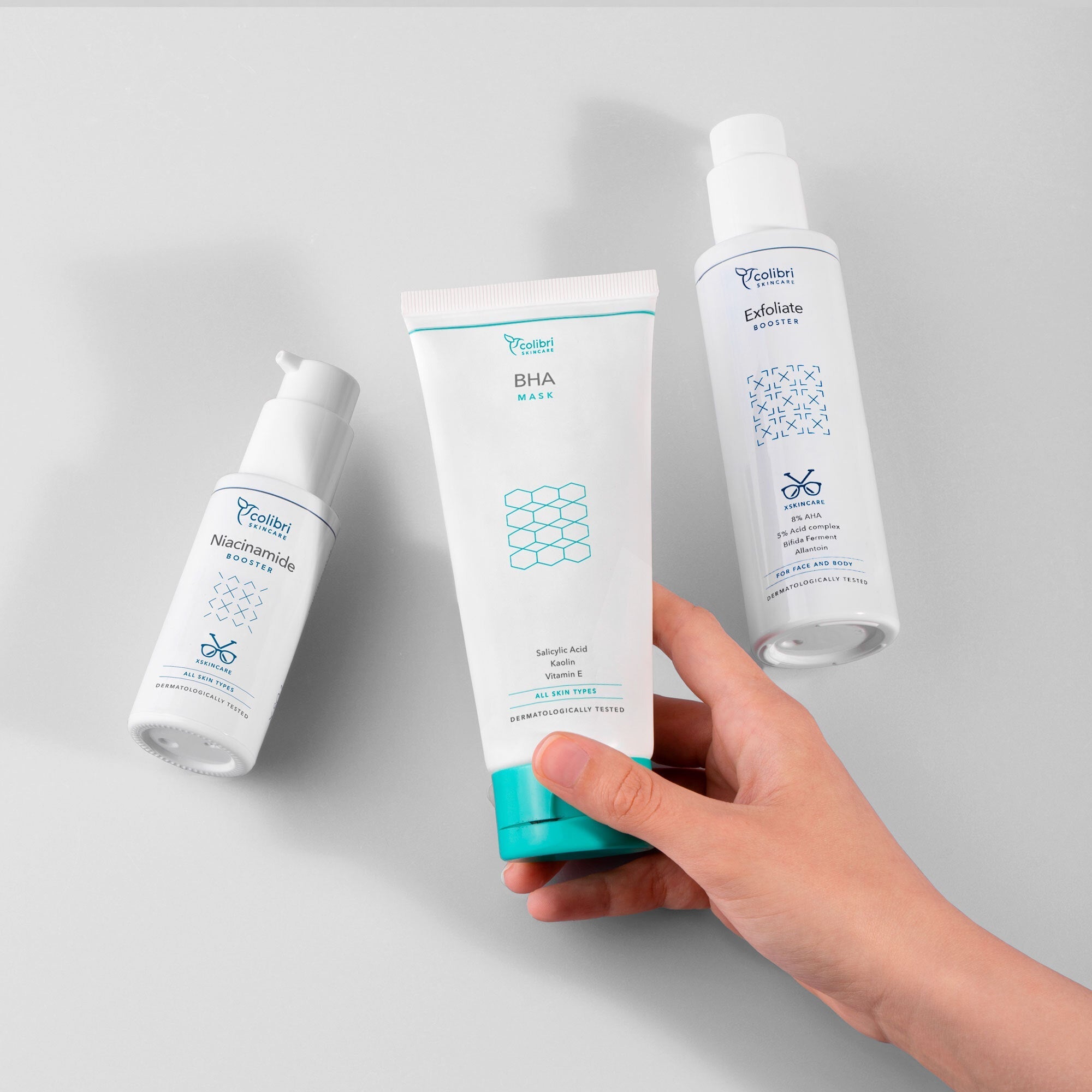Note: It is advisable to research each ingredient in more detail before buying, or to go directly to products with a clear list of shampoo ingredients.

Naturally beautiful hair: ingredients you should not find in your shampoo
It is for many persons one of the most important appearance features at all, the own hair. Thus, regular visits to the hairdresser and styling the hair in the morning are quite normal for the vast majority of people. In addition, there is the regular washing of the hair with shampoos that are created specifically for hair and styling types. While the results can be promising, there are often unwanted side effects when it comes to the ingredients.
We would therefore like to educate you about this very important topic. After all, the use of shampoos is a process that takes place several times a week and has a correspondingly large impact on your own hair and body.
With colibri cosmetics, you will therefore learn in the following what is important in detail when it comes to the ingredients in shampoo.
Hair is a reflection of one's own health and provides diverse information
Hair is one of the first parts of the body to be noticed, and even if some things can be hidden with clever hairstyles and head coverings, hair is often a reflection of larger health conditions and care. Accordingly, manufacturers of hair products such as shampoos attach great importance to using ingredients to address as many common problems as possible, such as brittle hair, split ends or greasy hair. Often, ingredients are used that are actually out of place.
Shampoos are promising, but often there are also inappropriate ingredients in shampoos.
With a look at the back of the shampoos, which are often sold in liquid form in bottles, it becomes clear that there are ingredients in most suppliers that should be considered at least critically and that is exactly what we offer in the episode.
Silicones are often relatively high on the list of harmful ingredients
Whoever thinks of silicone, probably thinks more of kitchen utensils or joint sealants and not of agents that belong in shampoos and yet silicone is found again and again in such hair care products.
The background is simple, so silicone aims to put a smooth and shiny film on the hair and thus manages to make the hair look healthy. A practical side effect is that the hair can be combed excellently. But while such goals are achieved relatively well with silicone, silicone also has negative effects. For example, hair and scalp are sealed in a certain way and natural functions such as the removal of pollutants are enormously restricted. In addition, breathability is restricted and the silicone cannot be rinsed out with water.
Propylene glycol is supposed to keep hair moisturized and preserved, but at an expensive price:
Often somewhat hidden in the product name and over-read by laymen due to its chemical and complicated name.
While the positive properties are a certain moisturizing effect as well as preservation, propylene glycol often does more harm. Thus, propylene glycol can strongly irritate the scalp, in the worst case even with allergic reactions. Although this always depends on the individual person, certain dangers are definitely present. The skin's barrier function is lost and the skin is damaged, just as propylene glycol is said to cause organ damage in the long term.
Microplastics are among the best-known harmful shampoo ingredients.
Probably the most prominent example of shampoo ingredients that have come in for criticism is microplastic. This is also manufactured on a petroleum basis. Often microplastic has a rather banal function as a filler or to improve the consistency of the shampoo as a binder, but this shampoo ingredient is always harmful.
Thus, microplastic is overall quite similar to silicones and acts by building up form, which is gradually deposited on the skin surface and hair. On the one hand, the hair itself is negatively affected as it is weighed down and once again, breathability is restricted. On the other hand, the microplastic has a significant environmental impact due to its small size and the resulting lack of ability to filter this out of water. However, that is a different issue.
The list of harmful ingredients in shampoo can be continued!
Already this small selection of examples shows that the common shampoos from the supermarket have harmful ingredients, where a small added value is accepted for greater damage. This list can even be continued, which is why we do not want to deprive you of them:
- Alcohols
- Parabens
- PEG
- Kerosenes
- Formaldehyde
- EDTA
- Perfumes
- Sulfates



